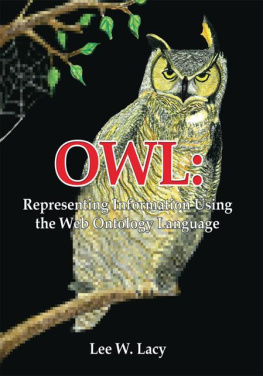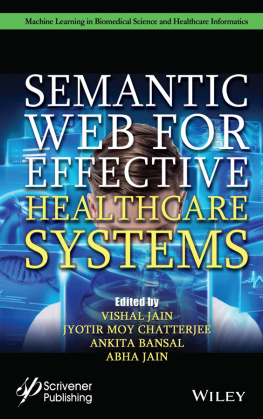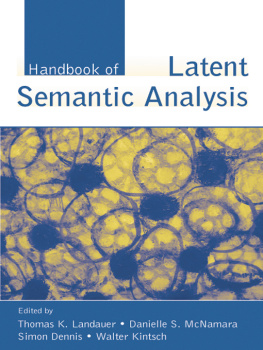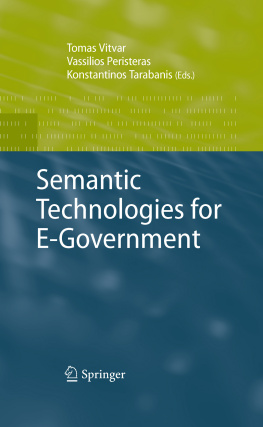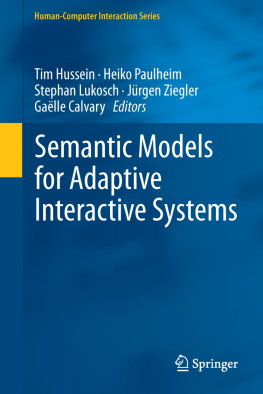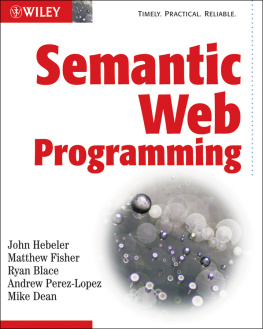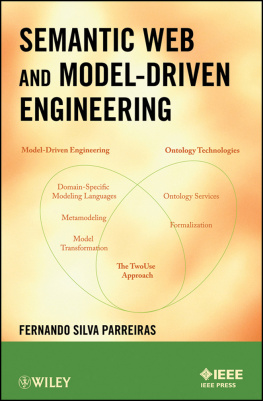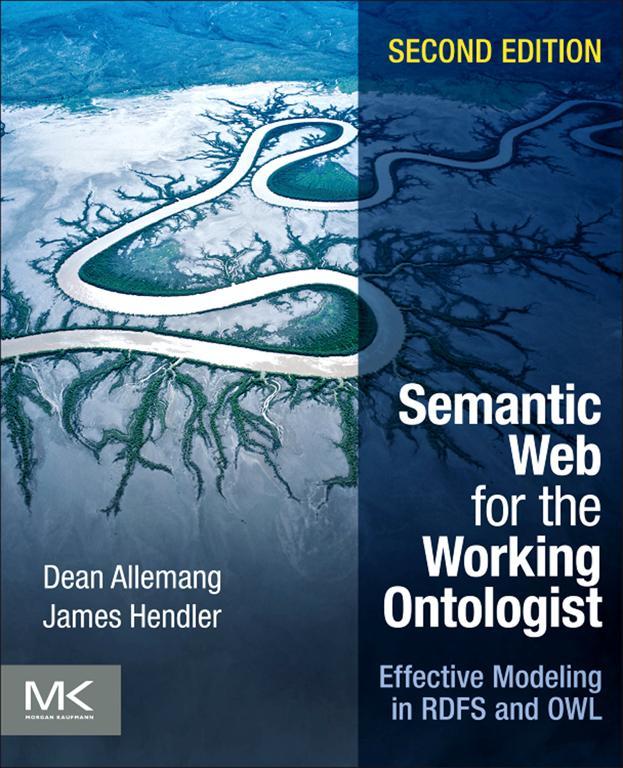Allemang Dean Hendler James - Semantic Web for the Working Ontologist,
Here you can read online Allemang Dean Hendler James - Semantic Web for the Working Ontologist, full text of the book (entire story) in english for free. Download pdf and epub, get meaning, cover and reviews about this ebook. year: 2011, publisher: Elsevier Science, genre: Computer. Description of the work, (preface) as well as reviews are available. Best literature library LitArk.com created for fans of good reading and offers a wide selection of genres:
Romance novel
Science fiction
Adventure
Detective
Science
History
Home and family
Prose
Art
Politics
Computer
Non-fiction
Religion
Business
Children
Humor
Choose a favorite category and find really read worthwhile books. Enjoy immersion in the world of imagination, feel the emotions of the characters or learn something new for yourself, make an fascinating discovery.

- Book:Semantic Web for the Working Ontologist,
- Author:
- Publisher:Elsevier Science
- Genre:
- Year:2011
- Rating:4 / 5
- Favourites:Add to favourites
- Your mark:
Semantic Web for the Working Ontologist,: summary, description and annotation
We offer to read an annotation, description, summary or preface (depends on what the author of the book "Semantic Web for the Working Ontologist," wrote himself). If you haven't found the necessary information about the book — write in the comments, we will try to find it.
Abstract: Semantic Web for the Working Ontologist: Effective Modeling in RDFS and OWL, Second Edition , discusses the capabilities of Semantic Web modeling languages, such as RDFS (Resource Description Framework Schema) and OWL (Web Ontology Language). Organized into 16 chapters, the book provides examples to illustrate the use of Semantic Web technologies in solving common modeling problems. It uses the life and works of William Shakespeare to demonstrate some of the most basic capabilities of the Semantic Web. The book first provides an overview of the Semantic Web and aspects of the Web. It then discusses semantic modeling and how it can support the development from chaotic information gathering to one characterized by information sharing, cooperation, and collaboration. It also explains the use of RDF to implement the Semantic Web by allowing information to be distributed over the Web, along with the use of SPARQL to access RDF data. Moreover, the reader is introduced to components that make up a Semantic Web deployment and how they fit together, the concept of inferencing in the Semantic Web, and how RDFS differs from other schema languages. Finally, the book considers the use of SKOS (Simple Knowledge Organization System) to manage vocabularies by taking advantage of the inferencing structure of RDFS-Plus. This book is intended for the working ontologist who is trying to create a domain model on the Semantic Web. Updated with the latest developments and advances in Semantic Web technologies for organizing, querying, and processing information, including SPARQL, RDF and RDFS, OWL 2.0, and SKOS Detailed information on the ontologies used in todays key web applications, including ecommerce, social networking, data mining, using government data, and more Even more illustrative examples and case studies that demonstrate what semantic technologies are and how they work together to solve real-world problems
Allemang Dean Hendler James: author's other books
Who wrote Semantic Web for the Working Ontologist,? Find out the surname, the name of the author of the book and a list of all author's works by series.


